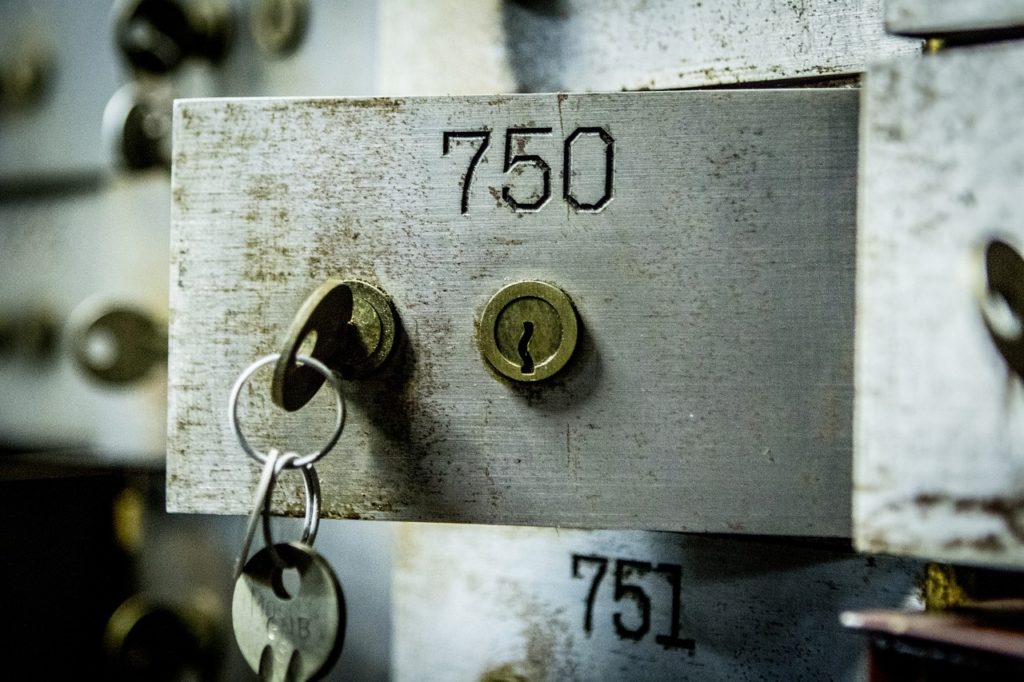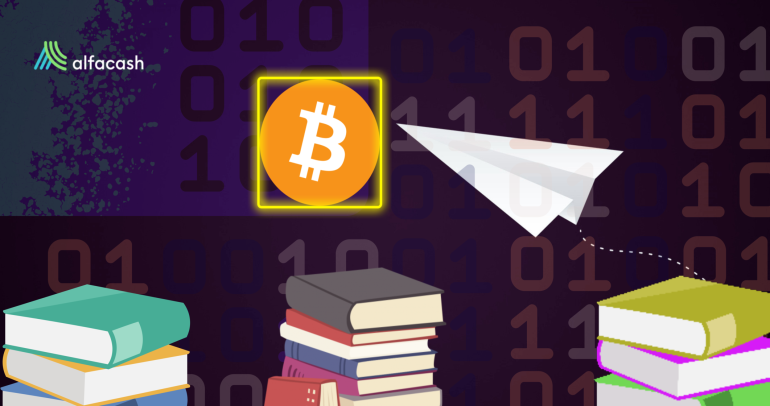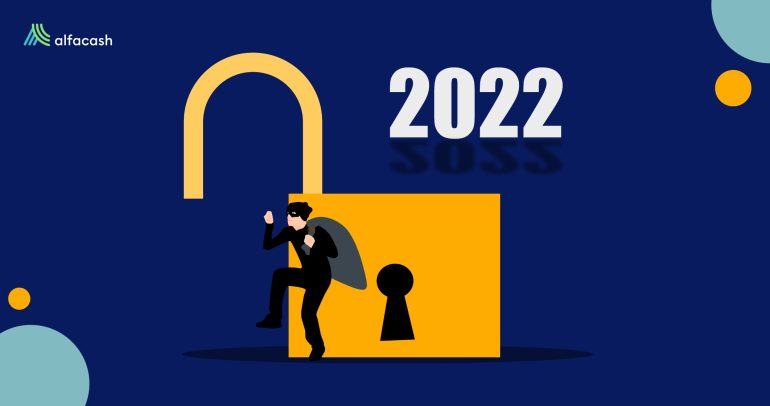They have a lot of uses and objectives so far, but we can’t forget that cryptocurrencies are mainly financial instruments of some sort. They can work perfectly as a payment method (like BitcoinBitcoin is the first decentralized digital currency. It was created in 2009, by an anonymous founder or group of founders... More), but they can also work perfectly to make more money by investing at the right times and places. That’s the case for crypto staking and liquidity mining.
These two methods have worked for a lot of investors as a way of passive income while using cryptocurrencies and tokens. Let us explain a bit about them.
What is Crypto Staking?
We’re talking here about Proof-of-Stake (PoS) coins. In this kind of blockchains, the figure of the “crypto minerMiners secure some blockchain networks by ordering crypto transactions into blocks and verifying the blocks of other miners. For this... More” is replaced by the “validator”. This validator, which can be anybody who wants to (even yourself), will be in charge of verifying transactions and mint new coins, if necessary. And they will do that only by “staking” their own coins on the platform.

That means, they’ll lock inside a special walletA crypto wallet is a user-friendly software or hardware used to manage private keys. There are software wallets for desktop... More a certain amount of native tokens that they previously acquired. They won’t be able to use them for long periods (ideally), but, in exchange, the blockchainBlockchain is a type of database storing an immutable set of data, verifiable to anyone with access to it —through... will reward them with brand new coins. Kinda like traditional crypto-miners, only this time the investment can be higher.
Let’s make an example with Alice. She wanted to do some crypto staking with Ethereum 2.0, so, she went to a crypto-exchange to buy the required coins for staking (32 ETH, in this case). She transferred those coins to the smart contract designed for deposits, and that’s it for now. As a reward for providing her coins, Alice will receive around 8.9% in annual interest earned, as long as the first 32 coins are locked.
What is Liquidity Mining?
You can also use the term “Yield Farming” here because most of the time they’re interchangeable. However, it might be a tiny difference in the hierarchy. Liquidity Mining can be considered only one system inside the niche of Yield Farming, which also includes other advanced methods to earning with DeFi tokens.

But well, speaking of Liquidity Mining, it happens when you provide liquidity to an Automatic Market Maker (AMM). In other words, you deposit your tokens (usually in pairs – like DAI/ETH) in a liquidity pool provided by a DeFi platform. Then, other users (aka token swappers) can lend, exchange or, in general, use those tokens for their own purposes. These token swappers pay a small fee per transactionA cryptocurrency transaction is an entry on the blockchain ledger, noting sender, receiver and number of coins transacted. More, and those fees are accumulated and later distributedA distributed system is made of components that are running on different networked computers, which communicate and coordinate their actions... More among all the liquidity providers (LP).
We should note, though, that the rewards can be done with a different token than those deposited, and the withdrawals may lead to losses sometimes. For example, let’s say Alice now wants to provide liquidity into the Circle Snail pool, with the pair USDC-ETH. She deposits both tokens in the smart contract, and she will receive rewards in SUSHI tokens, with a promised annual percentage yield (APY) of around 10.6%. If everything goes well, that’s it.
Crypto Staking vs. Liquidity Mining
So, what’s better? Crypto Staking or Liquidity Mining? Well, we can say it highly depends on the platform and the investor. But each method has advantages and disadvantages, of course.
In the first place, Crypto Staking is far more secure than Liquidity Mining. The validators or stakers are less exposed to smart contract failures, which can lead to millionaire hacks in the platforms. Besides, they can choose a platform with a short locked period for their coins, and withdraw them (along with the rewards) when this time is done. They can repeat the process if they want to, or not.

Now, speaking about investments and rewards, is usual that Crypto Staking demands a high initial investment. The figures vary in different PoS coins. Dash demands a 1,000 tokens collateral ($105,700) for its PoS validators and offers around 6% yearly interest. For its part, Cosmos (ATOM) has different levels for staking. The first one doesn’t require any specific amount as a minimum to staking, so you can do it easily from wallets like Atomic Wallet, and the calculated profit is 8% yearly. The next level (for official validators) is harder to reach, though. The costs are over $57k.
Risks and rewards
On the other hand, Liquidity Mining has higher risks, but also higher rewards with much fewer investments. Although, we need to talk here about Impermanent Loss. This means that your tokens can lose value while they’re locked inside a DeFi protocol, providing the liquidity needed to cultivate rewards. This loss might be temporal or permanent if you need to withdraw or trade those funds at a certain moment.
Additionally, maybe you deposited X amount of tokens in equal proportion. Let’s say 50% in ETH and 50% in USDC. However, at the moment of withdrawing the funds, they can give you 30% in ETH and 70% in USDC, so to say. This is because the liquidity pool may need more ETH at that moment for the token swappers, so, you’ll probably lose money if the ETH price is rising. Will it worth the rewards from the fees in the pool then? Maybe yes, or maybe no.

That’s definitely a variant that doesn’t exist in the Crypto Staking. However, the higher reward per staking is around 323% for Tendies (TEND), while Liquidity Mining offers more exuberant rewards. For example, the pair DAI-BNB in the pool PancakeSwap has a promised 18,647% APY at the moment of writing, according to CoinMarketCap. But again, the risk of impermanent loss is high.
Finally, then, Crypto staking or Liquidity mining? That depends. Don’t focus from the beginning on how much you want to earn, but how much you want to invest, and how much you can afford to lose. Then, there is your answer. Remember to trade responsibly!
Wanna invest in some juicy DeFi tokens? We have them on Alfacash! And not forget we’re talking about this and a lot of other things on our social media.
Twitter * Telegram * Facebook * Instagram * Youtube * Vkontakte








